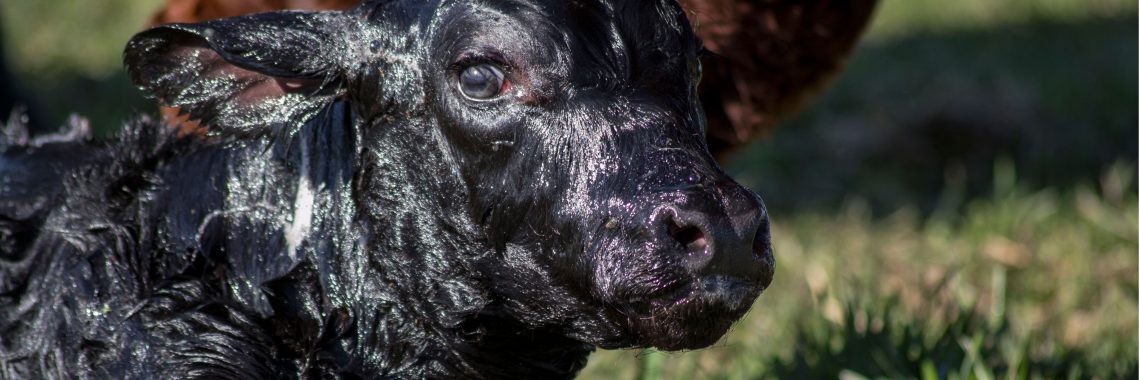As calving season approaches, it is important to ensure that we are meeting the nutritional requirements of our cows and first-time calving heifers to reduce calving issues. Additionally, it is important that producers have a good calving management plan to reduce the risk of calf losses.
Every year a significant number of calves are lost at birth due to complications during calving. Thinner cows have been shown to have higher rates of calving complications, are prone to calving weaker calves, and take longer to recover. However, cattle that are excessively fat can also have complications as they have increased pelvic fat which decreases the birth canal. Therefore, it is important that cattle are in their ideal body condition score (BCS) range to reduce calving issues due to nutrition. The ideal BCS for cows is 5 and the ideal BCS for heifers is 5.5 to 6. Making sure that our cattle are in their ideal nutritional range is not the only important thing to do before calving.
Ensuring that we have proper facilities, equipment, and that we follow proper calving assistance procedures can also help reduce calf losses. Having supplies such as a thermometer, disinfectant, calf esophageal tube, colostrum, electrolytes, chains/straps/puller, syringes and needles, towel/blankets, etc. during calving season is very beneficial.
Additionally, frequently observing the herd, especially first-time calving heifers, and assisting immediately when needed (wait no longer than 2-3 hours after labor begins) can help reduce calf losses.
When assisting, place the loop of the chain or rope in the proper spot (above the fetlock and place a half hitch knot below the fetlock joint) to avoid breaking a calf leg. If assistance is needed, it is important to remove mucus from the calf’s nose and mouth immediately after birth. It is also important to ensure that the calf nurses within an hour after birth or give colostrum to weak calves. If calves have scours, always treat as soon as possible and to give electrolytes to those calves to avoid dehydration.
Providing shelter or dry bedding can help reduce calf losses due to hyperthermia. If you have a calf suffering of minor hyperthermia, try and warm up the calf by rubbing it with a dry towel and moving it to a warm area to raise its body temperature to a normal 102F, and then feed it warm colostrum.
If you have any questions or immediately need assistance promptly contacting your local vet can also help to reduce calf losses. Proper calving management is important to reduce the number of calves lost during calving season. Therefore, a good calving management can be economically beneficial.
Sources and Further Reading on Calving Season Prep
Niemeyer, S., Funk. B., 2021. Calving Management and Reducing Calf Losses in Beef Herds. Institute of Agriculture and Natural Resources. University of Nebraska Lincoln Beef. https://beef.unl.edu/beefwatch/2021/calvingmanagement-and-reducing-calf-losses-beefherds




